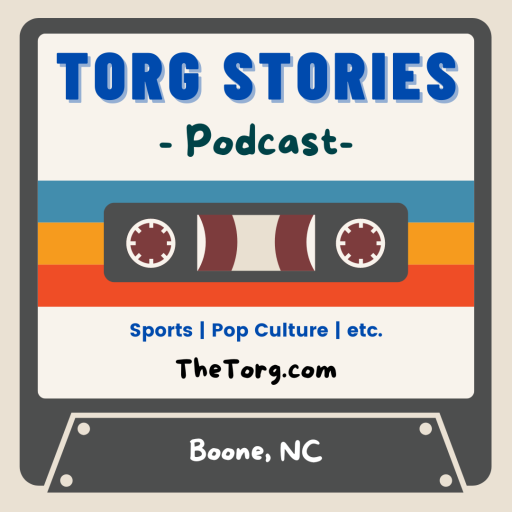In the writing classrooms where I teach, we often sit in a circle and do a “quick share” to begin class where everyone offers a brief comment. Examples of what students might say include a golden line from a reading, a question for our fellow writers, or an observation about a project in progress they are working on. Beginning in this way helps me to avoid talking too much to start off the class, and I hope to encourage students who might otherwise just sit back and relax to try and engage actively with the activity of the course.
the challenge of conversation
Even trying for rapid-fire sharing around the room, with up to twenty-five students, writers can get bored, feel left out, or be uncomfortable enough talking in front of a group that they don’t speak in a way that the students in the class can hear them. Even if a student speaks two minutes out of fifty, that’s not much engagement or opportunity to be heard. In considering this problem, I’m taken back to my days as a basketball coach. I was always looking for ways to maximize our practice time and the opportunities each player had to improve. For example, if I were to put fifteen players in a line and have them shoot, get their own rebound, and then pass to the next player, then each player might get three shots in ten minutes. This isn’t helping anyone very much and to my way of thinking, not so different than a student in a writing class who only gets to be heard once or twice. So what to do?
As a teacher, I often go back to my time as an athlete and then a coach. For me, developing as a writer has a lot in common with my development as a shooter of the basketball or training for a long run. When I coached and wanted to get my players more practice, I arranged shooters into five lines of three, and all of the sudden each player got five times the amount of practice than if they were in one big-long line. The classroom version of this basketball solution would be to make use of small groups. Theoretically, a student in a small group has more opportunity to join a conversation about their reading and writing. However, I’ve been in small groups as a student and now as a faculty member, and I’m often not impressed with the sort of work that gets done. There’s often a lot of noise, but it doesn’t often seem to be the noise of conversation about reading and writing. If you want students (or faculty) to work in small groups, then there has to be a plan for how this conversation can flourish. As someone who was beginning to get more and more interested in Twitter, I wondered about the possibility of using it to enhance classroom conversation. More on that experiment in coming posts, and if you’ve got your own ideas about classroom discussion or the use of small groups, I’d love to hear them!


2 responses to “What are you working on? Discussion in the Writing Classroom”
I tried “speed dating” in my class, and it seemed to work out. We had 4 “speed-daters” and then 4 people who rotated chairs every 5 minutes sitting across from them. They’d each get 5 minutes (which I timed, gave them minute markers, etc. to keep up the energy) to get whatever help they could from each new partner. I told them to focus on specific issues or find out what their partner was really good at and use that to their advantage. After the first four had their paper read, then they switched and the other four had partners help them with their papers.
Game plan:
x x x x <–"daters"
– – – –
x x x x <–readers
Reverse roles and repeat.
I can't take credit for the idea of speed-dating, just the particular format. I'd also say it works better towards the end of the drafting process. It's not so great for first drafts.
LikeLike
Good stuff Nicole. I saw a presentation at the Association of Writers and Writing Programs last year where the middle of the room was NYC. Then everyone goes and stands where they live as if the room is a map. People start moving around the room and telling each other about where they are standing. Something like that. People moving, switching partners and telling stories as a kind of revision.
LikeLike